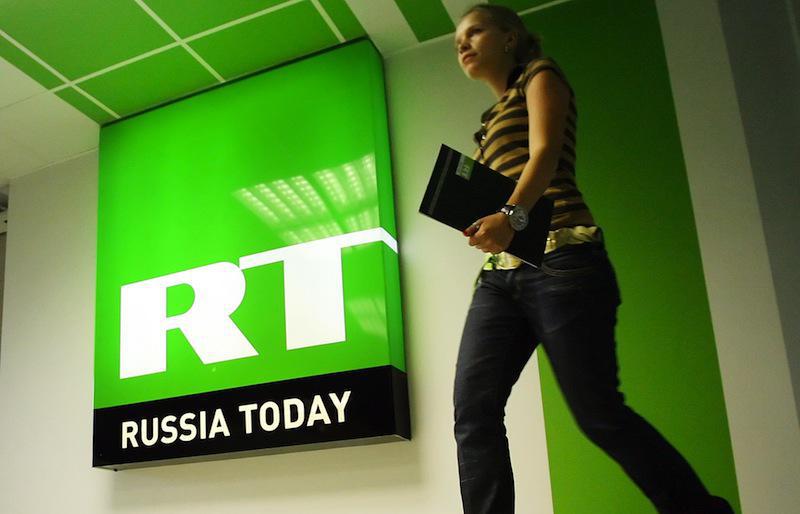
Recognizing an Agent
The Kremlin Complains RT Has Been Treated Unfairly, but Deep Down It’s Happy
Ksenia Boletskaya
Vedomosti
November 16, 2017
This year, Russia has spent nearly 20 billion rubles [approx. 283 million euros] financing the TV company RT. These funds are pure expenditures: the channel’s income is incomparably lower than its expenses. But no one would think of asking RT to turn a profit, because the TV company has a completely different objective: political influence.
Ten years ago, the confrontation between Russia and the west was much less dramatic. In 2005, when RT was launched, originally as Russia Today, it was planned that the channel would showcase modern Russia, downplaying vodka and bears, and promoting the country’s IT and aircraft carriers. Officials decided it would be simpler to produce their own foreign media than re-educate and persuade western journalists clinging to hoary stereotypes. But then the political circumstances changed, and it was more vital not to tell the world what was happening in Russia, but to trumpet what the Russian regime and Russian companies were trying to achieve abroad. Russia Today broadcast this particular Russian view of current events.
However, this concept was soon outmoded, too. Nowadays, the channel’s mission is telling Americans and Germans what, allegedly, is really happening in the US and Europe. The channel got rid of the word “Russia” in its name and rebranded itself as RT. It now pitches itself abroad as an alternative perspective, one utterly independent from the local authorities. I will say it again: we spend twenty billion rubles of Russian taxpayers’ money so Americans and Germans better understand what their own politicans are up to. How does that not qualify RT as a foreign agent?
But it is us, Russia’s rank-and-file citizens, who can be irritated, to put it mildly, by the extent to which the national budget is allocated irrationally. The Kremlin, apparently, is more than satisfied, because RT’s operations irritate US politicians to no end. While RT does not garner huge ratings in the US the old-fashioned way, it is one of the most popular news channels on YouTube. RT’s main English-language channel has over two million subscribers on YouTube, and that is more than often for it to be quoted and reposted frequently.
For several years, US politicans and analysts have been dashing off serious reports about the damage caused by Russian propaganda in the guise of RT. The FBI’s investigation about the Russian factor in the US elections was only an excuse to brand RT a foreign agent: the gripes against the channel had been building for a long time. Russian officials can complain loudly that RT has been treated unfairly, but deep down they are definitely satisfied. If RT was a weakling that drew no attention, no one would bother fighting it. It is not for nothing that Forbes put RT’s editor-in-chief Margarita Simonyan on its list of the world’s most powerful women. There was only one other woman on the list from Russia: Central Bank chair Elvira Nabiullina.
Simonyan categorically objects when RT is called a Russian propaganda channel. Of course, as a journalist, it is terribly critical for her to show the channel has editorial independence. But the fact remains that Simonyan has become an excellent agent of influence of whom the spy Putin can be proud.
Translated by the Russian Reader. Photo courtesy of Mikhail Fomichev/TASS via the Moscow Times
Discover more from The Russian Reader
Subscribe to get the latest posts to your email.